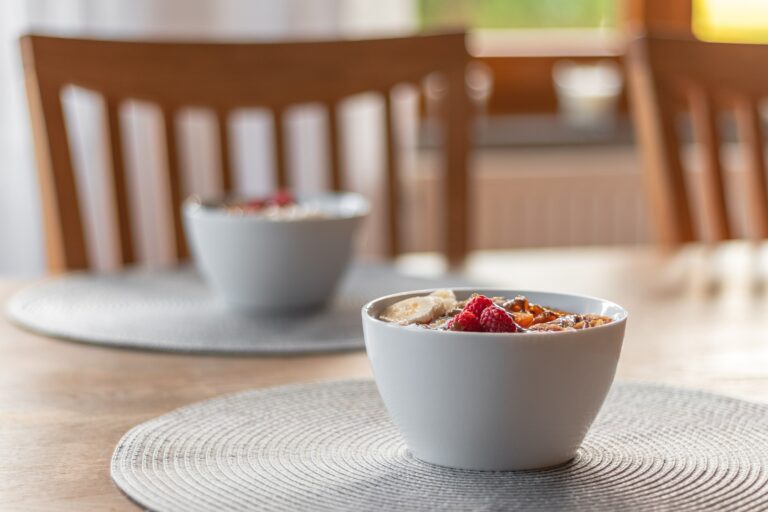That’s a wrap. Salmon and seaweed style.

Wanna cook like this? Let’s do it together. Join me for Busy Women Mealtime Makeover. We’re starting this week. Only 15 spots so get yours now!
As I write this blog post, I am having a heck of time trying to concentrate. As you know, we recently commemorated the 10 year anniversary of September 11th. Writing about food and cooking just doesn’t seem to be important right now but I know life must go on. I hope this post puts a smile on someone’s face. I hope it brings laughter. I hope it brings someone peace today. I hope it inspires someone to get in their kitchen. I hope it brings creativity. I hope it brings a sense of peace. We will never forget.
“Seaweed? You are losing me sister!” – true words spoken from a client of mine.
I was there too. The thought of eating seaweed totally grossed me out. Slimy, green, chewy… no thanks, I thought. I was wrong. It is actually quite good when prepared properly and it is cool because you can “hide” it in dishes and you or your family will never know it’s there. Seaweed is pretty awesome because it is like 20 times (YES, 20 times!) more nutrient-dense than plants that grow on land so a little goes a long way. You don’t have to eat as much. Still reading? I thought so.
20 times more nutrient-rich? When I learned that I learned to like seaweed. I learned to find a way to incorporate it into my diet.

Below are 5 more reasons why you should friend seaweed:
- Bring on the calcium! The Japanese variety Hijiki (also known as hiziki), arame, and wakame contain 10 times the calcium of milk. Yes, you can get calcium from other sources than milk.
- Iron, Iron, Iron. When compared to the iron available in beef, hijiki has 8 times more, and wakame and other kelps have four times more. Oh yeah.
- Protein. We’re always looking for protein. Sushi is totally trendy right now but that is totally cool. Nori, the dark sea vegetable sheet used to wrap those delectable Japanese rice rolls, can pack a walloping protein content as high as 25-50% of its dry weight – the highest of any ocean vegetable. It also high in Vitamin A which helps eye sight.
- More energy. The natural iodine in seaweeds is an easy, nontoxic way to meet the iodine requirement in your diet. The symptoms of iodine deficiency include chronic fatigue, apathy, dry skin, intolerance to cold, weight gain, and enlargement of the thyroid (goiter).
- Downplay allergies. Your weak immune system provides the never-ending runny nose and symphonic sniffing and sneezing every morning. Strengthen your immune system and you greet the day clog-free! One of the most appreciated seaweed benefits by allergy sufferers.

Nori-Wrapped Wasabi Salmon
recipe adapted from “Feeding the Whole Family: Cooking with Whole Foods” by Cynthia Lair
Ingredients:
1 Tbsp olive oil
1 Tbsp finely chopped herbs: any combination works. (I used basil and parsley)
salt & pepper to taste
2 (8-ounce) wild salmon fillets
1 Tbsp Dijon mustard
1/4 tsp wasabi powder
2 sheets nori (seaweed is sold dehydrated in bags in the grocery store)
Directions:
Preheat oven to 400F. Mix oil, herbs, and salt and pepper to taste. Rub salmon with mixture. Mix mustard and wasabi together. Spread on nori.
Place salmon face down in the middle of the nori sheetand wrap like a package so that fish is fully covered.
The nori will stick to itself and the salmon.
Place wrapped salmon in a lightly oil baking dish. The general rule for fish is to cook it 10 minutes for each inch of thickness. The nori will lightly flavor the salmon and seal in the juices. Enjoy!
Wanna cook like this? Let’s do it together in September. Join me for Busy Women Mealtime Makeover. We’re starting this week. Only 15 spots so get yours now!


Do you have to soak the nori before wrapping it??
I didn’t soak it. It kinda folded over the salmon. Soaking it might have made it a little easier. Good idea Jen!